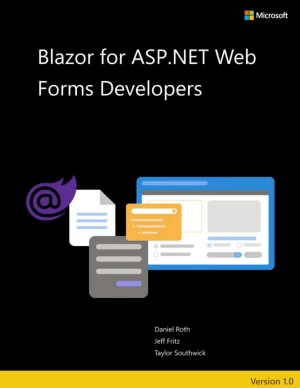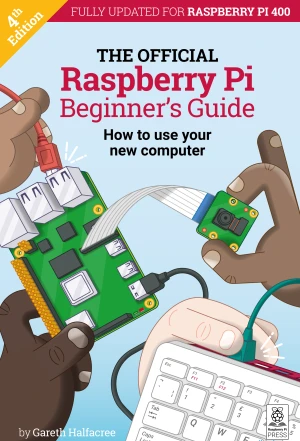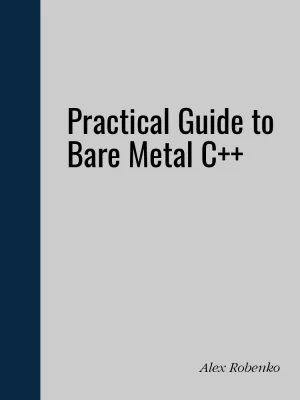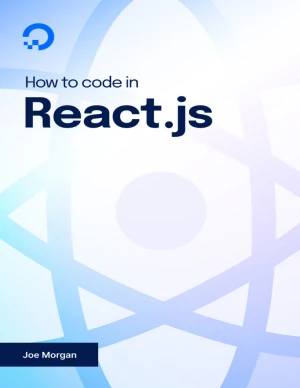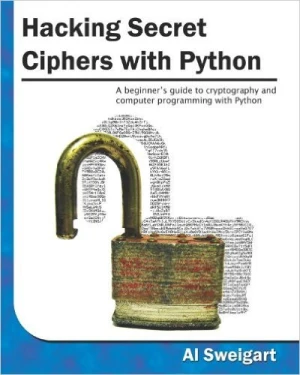Blazor, A Beginners Guide
A quick-start guide to productivity with Blazor
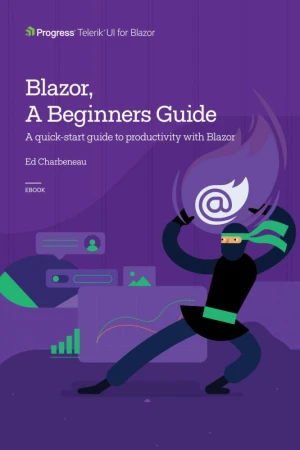
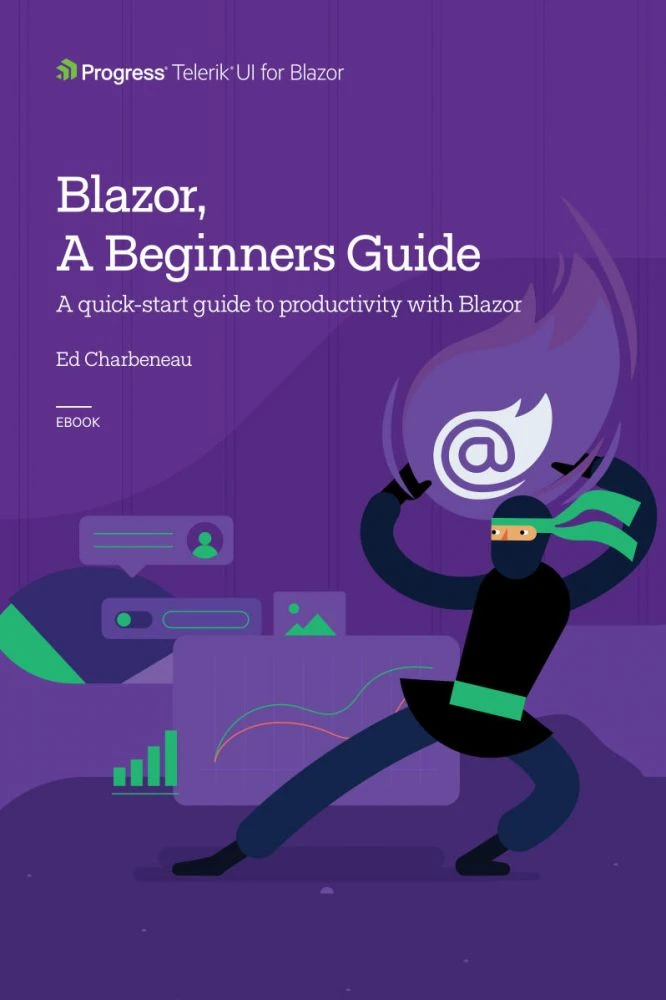
Book Details
| Author | Ed Charbeneau |
| Publisher | Progress Software |
| Published | 2020 |
| Edition | 1st |
| Paperback | 121 pages |
| Language | English |
| License | Open Access |
Book Description
Blazor, A Beginners Guide is intended for developers with some .NET experience. If you're coming from a non-.NET development background, you may learn some .NET basics along the way, but supplemental material around C# and .NET would be of great help to you.
The book begins with the author's own perspective on WebAssembly, why it's important to have choices in web development and offers some insight on why Blazor was created. You'll then step through an overview where you'll get familiar with the framework and technology stack. As the book progresses you will see working examples that teach core concepts broadly. Later in the book, topics that require a deeper knowledge are revisited to grasp the fine details so you can make informed decisions about how your apps and components are built.
The intent of the book's layout is to get you productive quickly. You should be able to navigate and create Blazor projects with ease as you read through the chapters versus having to complete the book before starting a project.
This book is published as open-access, which means it is freely available to read, download, and share without restrictions.
If you enjoyed the book and would like to support the author, you can purchase a printed copy (hardcover or paperback) from official retailers.
Download and Read Links
Share this Book
[localhost]# find . -name "*Similar_Books*"
Blazor for ASP NET Web Forms Developers
Blazor is a new web framework that changes what is possible when building web apps with .NET. Blazor is a client-side web UI framework based on C# instead of JavaScript. With Blazor you can write your client-side logic and UI components in C#, compile them into normal .NET assemblies, and then run them directly in the browser using a new open web s
Rethinking Productivity in Software Engineering
Get the most out of this foundational reference and improve the productivity of your software teams. This book collects the wisdom of the 2017 "Dagstuhl" seminar on productivity in software engineering, a meeting of community leaders, who came together with the goal of rethinking traditional definitions and measures of productivity. The results of
Raspberry Pi Beginner's Guide, 4th Edition
Fully updated for Raspberry Pi 400, Raspberry Pi 4, and the latest software, this 252-page official Raspberry Pi book is crammed with projects and beginner's guides containing all the information you need to get started using your new computer! Learn how to set up your Raspberry Pi, install an operating system, and start using it. Follow step-by-st
Practical Guide to Bare Metal C++
The primary intended audience of this open book is professional C++ developers who want to understand bare metal development a little bit better, get to know how to use their favourite programming language in an embedded environment, and probably bring their C++ skills to an "expert" level. The author asks "Why professional?" and explains that it i
How To Code in React.js
This open book is an introduction to React that works from the foundations upward. Each chapter takes you a little deeper into the React ecosystem, building on your previous knowledge. Along the way, you'll learn how to maintain internal state, pass information between parts of an application, and explore different options for styling your applicat
Hacking Secret Ciphers with Python
There are many books that teach beginners how to write secret messages using ciphers. There are a couple books that teach beginners how to hack ciphers. As far as I can tell, there are no books to teach beginners how to write programs to hack ciphers. This book fills that gap. This book is for complete beginners who do not know anything about encry

